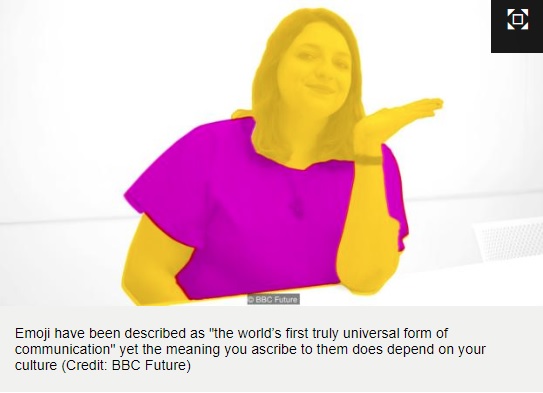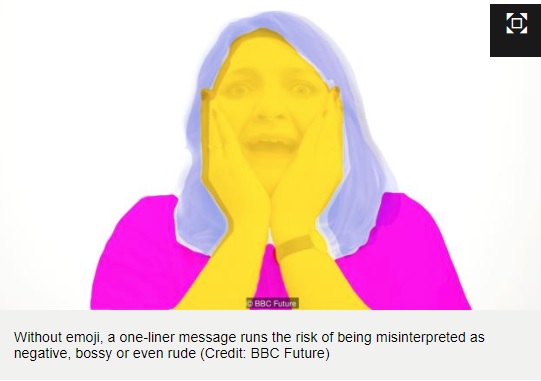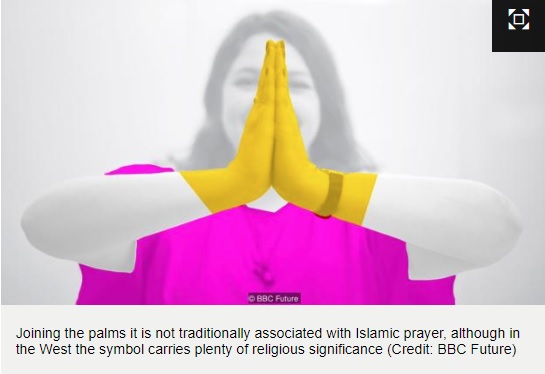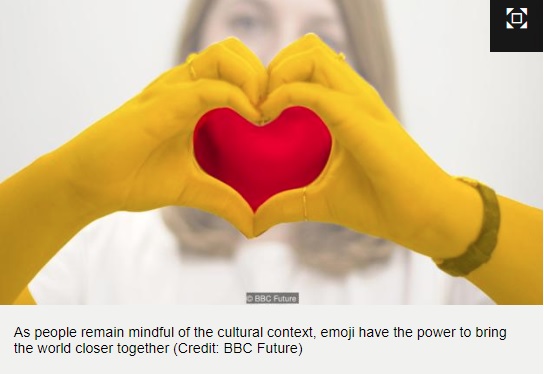There can be few days more nerve-wracking than your own wedding, and few things as hard to express as the emotions that you might feel in the countdown. When it was Olympic and Wimbledon tennis champion Andy Murray’s big day, however, he managed to capture precisely those feelings in a tweet that moved the world. Yet what made this tweet so special was the fact that rather than using words, Murray wrote the whole thing using just emojis.
From getting ready in the morning to the trip to the church, the rings, the photographs, the celebrations, the drink, the love, and lots and lots of sleep, Murray’s tweet, in part, heralded the rise of a brand new form of communication. This was the rise of the emojis, which linguistics professors such as Vyvyan Evans, author of The Emoji Code: The Linguistics behind Smiley Faces and Scaredy Cats, would soon declare to be “incontrovertibly the world’s first truly universal form of communication”, and even “the new universal language”.
So when in 2017 business psychology expert Keith Broni was hired by Today Translations as the world’s first ever Emoji Translator, this posed a difficult question. If emojis really were the world’s very first global lingua franca, why would anybody need them to be translated?





